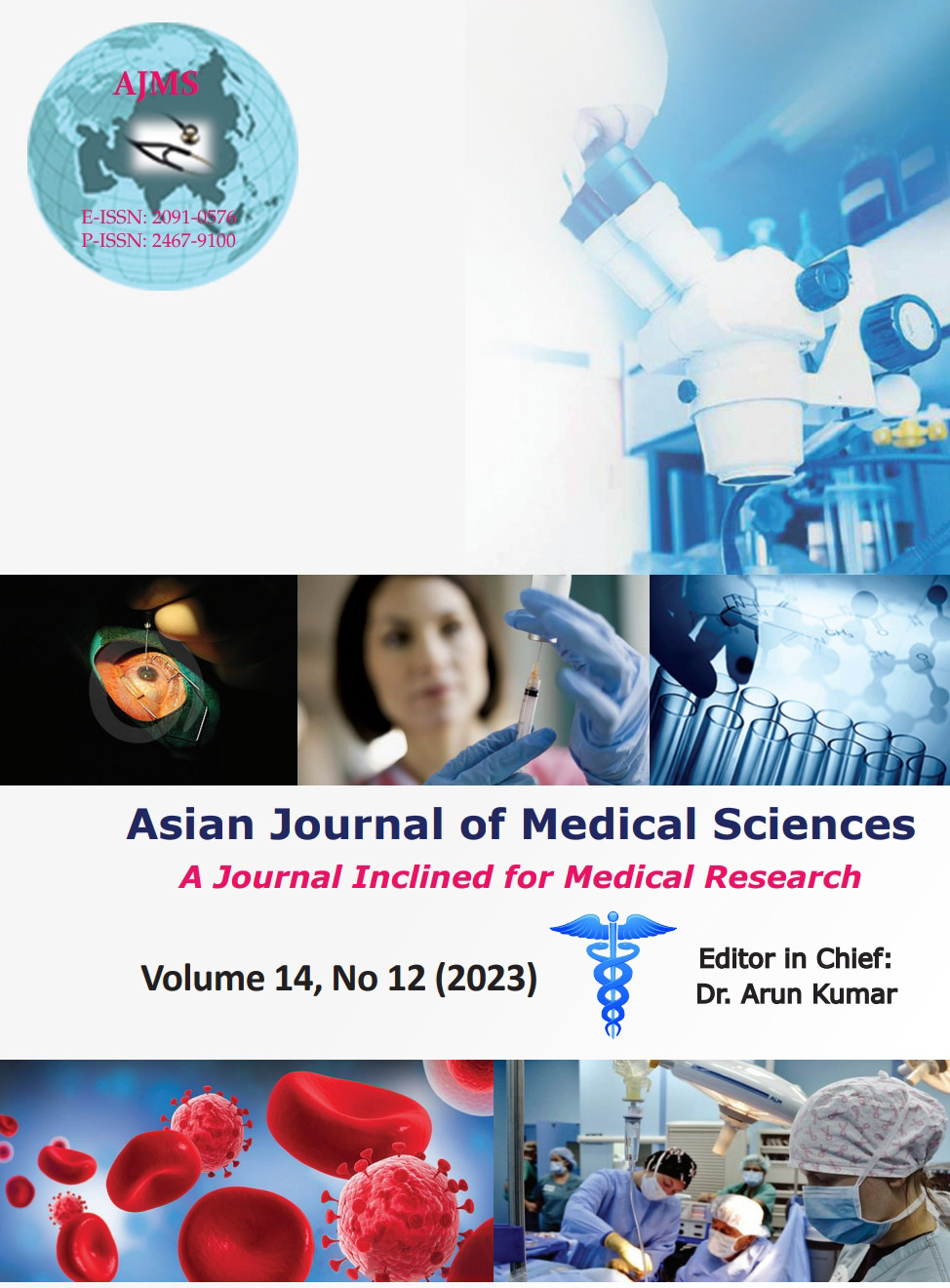Rhomboid intercostal sub serratus plane block – Same bird with different horizons
Keywords:
Rhomboid intercostal; Modified radical mastectomy; CutaneousAbstract
Sir,
We did a case series in five patients undergoing modified radical mastectomy who were given RISS for post-operative analgesia. We noticed that the intraoperative fentanyl consumption as well as the post-operative analgesic consumption was significantly less. The overall quality of life and satisfaction score for routine daily activities like wearing clothes was better in our patients. The importance and efficacy of these blocks are because of the continuity of the interfacial planes across varied anatomical tissues. These planes have various cutaneous as well as sympathetic branches and hence drug given spreads to cover a large dermatomal area.
RISS has been proposed to cover lateral cutaneous branches of T2 to T11 that extend medially to cover dorsal rami deep to the errector spinae muscle plane (ESP). The site of injectate is at T5-T6. The dermatomal coverage is 4 cm lateral to the midline anteriorly, posteriorly 4 cm medial to the posterior axillary line, cranially up to serrated posterior superior caudally up to serratus posterior inferior.
The advantages of RISS block are that the injection is far from the surgical site and hence the drug does not interfere with the surgical field or cautery if given preoperatively. After induction technically, it is more feasible than serratus plane block or pectoral blocks. Logistically prior catheterization is possible that does not interfere with the sterility of the surgical field. Despite the above advantages, the axillary coverage is inconsistent as it does not cover the intercostobrachial nerve (LCB of second ICN T2). The midline, thoracodorsal nerve, and long thoracic nerve are not covered. Complete analgesia is not provided for latissimus dorsi flap, segmental resection surgeries, lymph node dissections, or radical mastectomies.
Dr. Tulgar, first-ever reported of the use of RIB in a patient of MRM and highlighted the superiority of peri-peri-paravertebral blocks apart from previously used ESP and paravertebral blocks for a similar condition. Altiparimak conducted an RCT on 30 MRM patients with axillary lymph node dissection. The patients had enhanced recovery and quality of life scores (QoR-40), especially in terms of pain and emotional status.
RISS has proved its non-inferiority as compared to ESP, paravertebral, PEC, and SAP which are closer to neuroaxis, at non-compressible sites and difficult to execute in obese patients. Thus RISS is excellent as a part of MMA for post-operative pain management in MRM patients, who remain comfortable for up to 14 h and have an NRS score <3 was seen in all of our five patients. The dynamic nature of pain was apparent at 14 h in three of the patients who had extensive axillary lymph node dissection.
Is the journey of regional anesthesia just the replacement of “pops and clicks” with see it and block it? The renaissance in the era of blocks is visualizing an invention of a new block almost every month. We depend on the facial plane anatomy, its structure, and its relation to the surrounding organs and tissues to precisely disseminate the local anesthetic to its desired location. In this blind sheep race, enthusiasm should not blur our understanding of the basics. We should remember Triple A, improve health, enhance patient outcomes, and decrease the costs.
We open the doors for larger studies with more patients, comparing different blocks with RIB/RISS blocks before generalizing the results.
CONCLUSION
Rhomboid intercostal subserratus plane block is an excellent option for intra and post-operative pain management as a part of multimodal analgesia in MRM patients.
Downloads
Downloads
Published
How to Cite
Issue
Section
License
Copyright (c) 2023 Asian Journal of Medical Sciences

This work is licensed under a Creative Commons Attribution-NonCommercial 4.0 International License.
Authors who publish with this journal agree to the following terms:
- The journal holds copyright and publishes the work under a Creative Commons CC-BY-NC license that permits use, distribution and reprduction in any medium, provided the original work is properly cited and is not used for commercial purposes. The journal should be recognised as the original publisher of this work.
- Authors are able to enter into separate, additional contractual arrangements for the non-exclusive distribution of the journal's published version of the work (e.g., post it to an institutional repository or publish it in a book), with an acknowledgement of its initial publication in this journal.
- Authors are permitted and encouraged to post their work online (e.g., in institutional repositories or on their website) prior to and during the submission process, as it can lead to productive exchanges, as well as earlier and greater citation of published work (See The Effect of Open Access).




